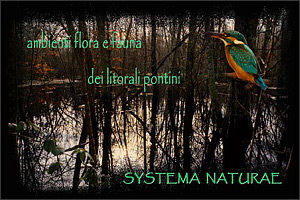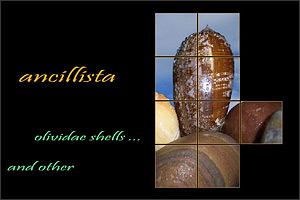 |
The Coto Doñana park is one of the largest parks in Europe and covers the mouth of the Guadalquivir river in a triangle between the cities of Seville, Jerez and Huelva. It is the second largest wetland complex in western Europe after the Waddensee (the stretch of coast from Holland to Danish territory). The Coto Doñana is the largest protected area in Spain, a biosphere reserve for UNESCO and a World Heritage Site since 1994. Established in 1798, it consists of two distinct areas: the National Park which occupies an area of 50.174 hectares and the adjacent and homonymous Natural Park (called Entorno de Doñana) of 53.709 hectares. The origin of the park's name dates back to the 16th century when the seventh Duke of Medina built a palace for his bride, Doña Ana Gomez de Mendoza y Silva. The surrounding lands soon took the name of Bosque di Doña Ana or Coto de Doña Ana, until the name contracted to what we know today.
The Coto Doñana is a land of immense spaces and extreme contrasts: it is a bridge between Europe and Africa; it is narrow between the Atlantic and the Mediterranean. It is located between two continents and for this reason presents a quantitative and qualitative concentration of unimaginable species elsewhere. Almost half of the European bird species (of which about a hundred are resident and as many as migratory) for a sum of about six million individuals transit each year to these lands. Beyond this it is of supreme importance for the presence of some species extinct elsewhere such as the Iberian lynx or the Spanish imperial eagle. It also includes extremely interesting animal species such as the Deer, the Boar, the Otter, the wild cat, the skunk and the genetta. A particular case is that of the African Chameleon present in Europe only in these areas. Among the amphibians, the Marbled Triton, the obstetric toad, the calamita toad. The reptiles are well represented with species such as the ocellated lizard, the Greek tortoise, the lacertine Colubro, the horseshoe-shaped Colubro, the viperina Natrice, the viper of Lataste.
From what has been said it is clear, then, that it will be good to provide long lenses because this is the journey dedicated to fauna and especially birdlife. But next to this, we do not forget the wide-angle at home because we will present, both in Spain and in Portugal, numerous opportunities to photograph the landscape that will, however, always be a great and beautiful landscape. |
 |

The tour will take place entirely in the southernmost part of the Iberian Peninsula and, more precisely, in the province of Seville and in the southern part of Portugal.
The area affected will be that of the Coto Doñana National Park, an immense area that we will cover off-road, sometimes alone sometimes with specialized Park guides.
In Spain we will move a little inside, on a daily tour that will take us to visit the Mines of the Rio Tinto with the adjoining museum.
On another daily tour we will travel to Portugal where we will (and will find) the storks that nest on the rocks facing the sea, and then in a beautiful Algarve beach. |
|

As mentioned above, the fundamental target of this trip will be the rich fauna of this area and especially the birdlife that is always enormously present here.
But not only fauna: there will be exceptional landscapes all over the place, even a few days will be entirely dedicated to the landscape as for example the one where we will visit the Rio Tinto, a very famous river near Seville, which after passing through the copper mines, now closed and turned into a park, takes on very special red and yellow colors that, among other things, create fantastic concretions and a very sure photographic effect. |
|
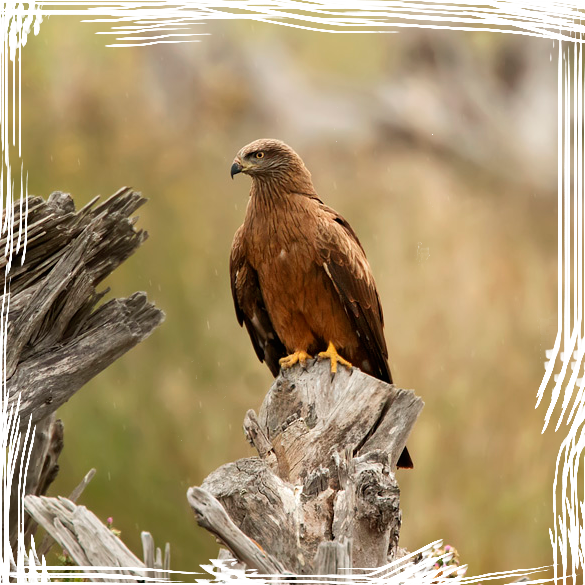 |
 |
|
 |
 |
The area intrested by our trip will be the extreme southern and western part of the Iberian Peninsula, including the Spanish provinces of Huelva and Seville and the southern and western parts of Portugal.
In the Spanish territory, here, the Coto Doñana National Park is located right at the mouth of the Guadalqivir river. An immense expanse of cotos, marismas and dunes on the Atlantic side. The part of Portugal that we will visit instead will be the southernmost, the province of Porto, with the beautiful beaches of the Algarve with the stacks embedded in an immense blue sea.
The other area we will visit will instead be the oceanic one of Portugal and exactly the Park of the South West and Vicentina Cost, where the storks established their nests on the sharp rocks facing the sea. |

|
|
 |
 |
The climate in southern Spain
In Andalusia, the climate is warm and temperate. There is significant rainfall throughout the year. There is a great deal of rainfall, even in the driest month. The average annual temperature in Andalusia is
17.9 ° C. The rainfall here averages 1531 mm.
26.3 ° C is the average temperature in July, the hottest month of the year. The average temperature in January is 8.0 ° C. During the year it is the lowest average temperature. When the driest and wettest months are compared, the first has a precipitation difference of 92 mm compared to the second. The average temperatures vary during the year by 18.3 ° C. October is the driest month with 77 mm. With an average of 169 mm, the most precipitation falls in March.
On the coasts, naturally, the temperatures are a little fresher, especially in summer, mitigated by ocean breezes.
But it can also happen that hot Saharan currents are formed and then the temperatures rise as well as humidity.
Given all this the best time to visit these areas is undoubtedly the spring of April and May that coincides, among other things with the peak of the nesting of many species of herons and birds of prey. |
|

|

|
|
The climate and photography
On this trip, our equipment will not be subjected to particular stress conditions.
Probably we will have to look more than anything else from the dust that is omnipresent here.
For this reason we will have to put in place all those basic precautions of protection in the presence of dust such as:
- try, as far as possible, not to change the lenses outdoors to avoid dust on the sensor.
- at the limit, if you really need to do it outdoors, be careful to hold the camera's nozzle facing down.
- preferably use a second machine body to avoid lens change.
|
How to dress
The climate that we will find in this part of Europe in the month of May, as already mentioned, will already be mild enough to keep warm.
We need to keep in mind a couple of things:
Meanwhile, we are in an area of marshes and therefore the climate will be very humid even if we find refreshment from this in the area where we will stay because of the sea breeze.
For the same reason we will often deal with a strong presence of annoying mosquitoes, especially in certain areas.
For this, our clothing should include:
Internal t-shirts:
Do not contact your skin with cotton t-shirts:
It's the most wrong thing you can do. In fact, these are impregnated with sweat and then freeze on you.
It is always advisable to use internal thermal t-shirts that let the skin breathe and protect from the cold.
There are thermal clothing of all kinds: t-shirts, pants, slippers, socks, gloves, etc.
This kind of clothing is available at specialized shops.
Boots:
The fundamental characteristic beyond the impermeability, and the sole that must be well thickened and "tank". Also it is good that they are of the high type and that the closure is more hermetic as possible. The best are those in GoreTex.
Sweaters:
A sweater is at least recommended as it is not excluded that temperatures, especially in the evening, can refresh even a lot.
K way:
A garment that should never be missing is a K-Way or a light raincoat.
Umbrella
A small foldable umbrella is recommended.
Mosquito nest
They are headgears with attached retinas that will protect the face in the event of mosquitoes.
|
|
 |
 |
| K-way |
Anti-mosquitos nest |
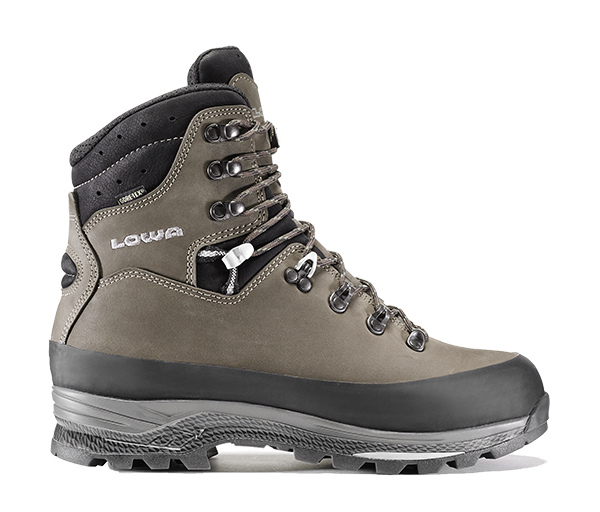 |
|
| Antislip boots |
|

|
|
 |
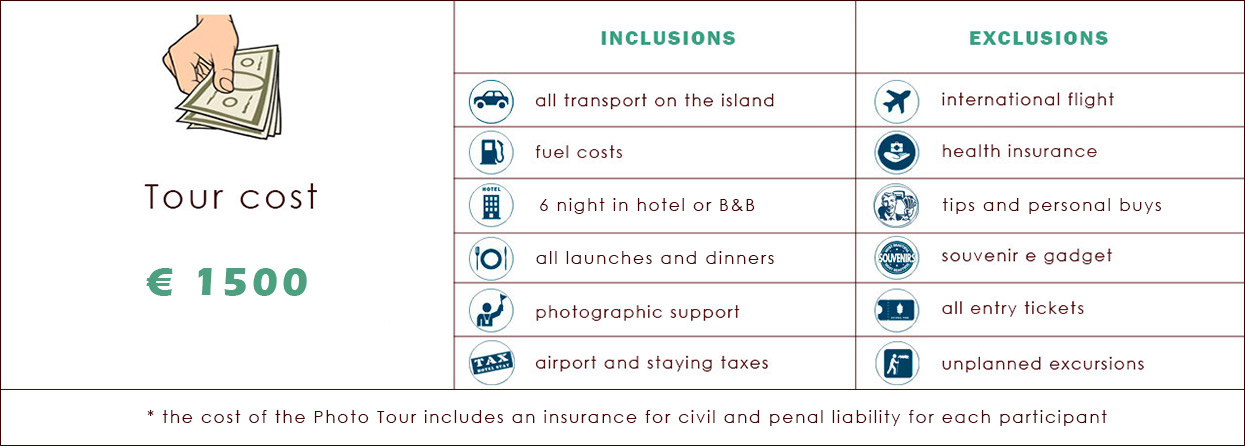
| PRENOTATION SITUATION |
| P1 |
guide |
P4 |
free |
P7 |
free |
|
|
| P2 |
sold |
P5 |
free |
P8 |
free |
|
|
| P3 |
free |
P6 |
free |
P9 |
free |
|
|
|

Voluntary drivers
As a mini van will be rent for travel, we will need to indicate a second driver in addition to the driver of Adventure Photo Tour. The participant who will propose for this task will receive a discount of € 150 on the cost of travel. Presumably he will never have to drive but for any eventuality he will have to give his availability after signing a declaration. The guide in Iceland does not present particular difficulties because the spaces are immense and the cars are few. A bit of effort is required only in any off-road. |
|

Healt Insurance & Release
It is strongly recommended to stipulate a health insurance valid for the country in which you go. This regardless of the type or difficulty of the trip. Participants can take out their own insurance or take advantage of the insurance plan proposed by Adventure. The cost of the insurance is not included in the cost of the tour.
All participants will be subjected to a (compulsory) release that releases the organization from health responsibilities.
|
|
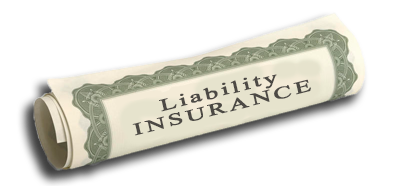
Civil and Penal Liability Insurance
For each of the participants of the Adventure Photo Tour, a Civil and Penal Responsibility Insurance is stipulated, the details of which are indicated in the appropriate form accessible from the button below.
|
|
|

|
 |
As previously mentioned, the most of photography that we will make in this place will mainly concern birds photography: So it will be good to provide equipment for such photography starting from a sturdy tripod and a long lens.
The animals here will be more confident than in othere sides but the spaces are really wide so we need a good tele lens with, rather, a teleconverter.
The other variable that we will have to consider is, of course, the dust, so it is clear that, if we do not have tropicalized bodies and objectives, we must be careful and use all the techniques to limit dust damages. Not to forget, if we own it, a macro lens because probably we'll have the opportunity to take photographs of small animals and this is because in this area there is a significant presence of particular reptiles like african camaleon. |
 |
|
 |
main camera body |
 |
secondary camera body |
 |
wide lens like 16-35 mm or 24-70 mm (landscape) |
 |
tele lens zoom like 500mm or 150-500mm (birds) |
 |
teleconverter 1,5 x (to connect with 70-200 for little animals and details) |
 |
middle zoom lens like 70-200 (landscape details and close fauna) |
 |
tripod |
 |
remote camera controller |
 |
strobo |
 |
ND and polarizer filters |
|
|
 |
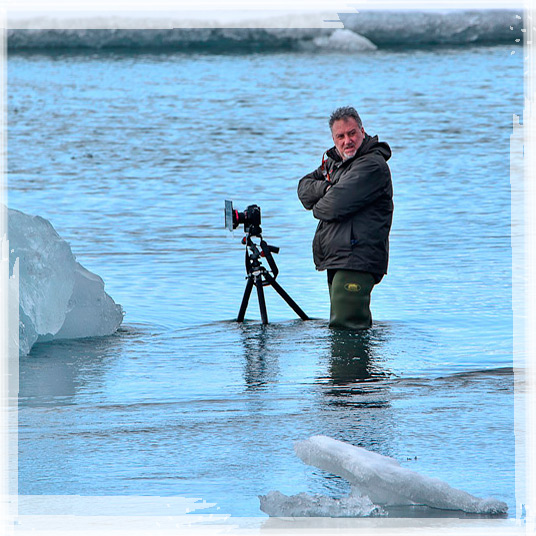
|
|

|
You will be accompanied on this tour by Alberto B. Scalia.
Alberto has a remarkable experience in the countries of northern Europe he has known for many years and he loves absolutely.
He has been a naturalist photographer for many years, has shot the world in search of exclusive landscapes and animals, building an enviable background of enlightenment.
Teacher in naturalistic photography in Latina, engaged in teaching naturalistic themes in schools of all levels, publics and private. Administrator in the organization and curating of international and national events such as exhibitions, photo competitions and cultural events, says about photography: "What the photographer has to have is passion in the experimentation. You should not be afraid to explore different or complicated roads. What pleases me more a beautiful photo taken is to convey the passion I put in that shot to a student who tomorrow will do likewise with someone else. " |
|
|
| |
* Important notice- disclaimer
|
| * |
The itineraries, costs and details of the Photo Tour will be subject to variations for all the causes that are independent of the organization's will, such as natural disasters and consequent flight displacement, variation of rates and taxes, modification of the tour plan etc.
Any variation will however be communicated as soon as possible to the participants. |
| * |
The Photo Tour will subjet to variationsin regardless to the commercial policies of Air Companies and Rental operators.
Every change will be communicated to partecipants with adequate advance. |
| |
|

|
|









































